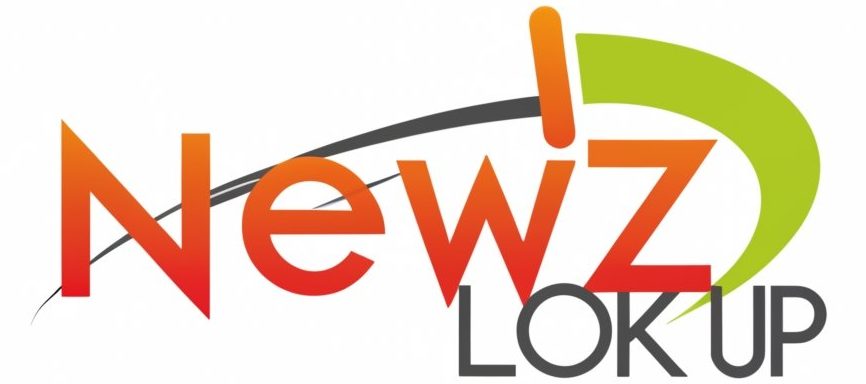One of the most important, if not the most important, concerns at the time of digital transformation and adopting the cloud as an element to succeed in the company is security. Along this path of achieving better services through the cloud, organizations like Microsoft Dynamics 365 are among those who should improve their protection of systems and common information. Microsoft will also offer a tough offering in the form of the Microsoft Defender for Cloud, which will offer customers advanced security capabilities specifically suited to assure the protection of workloads on the cloud. The following paper explores the importance of cloud security, features, and benefits of Microsoft Defender for Cloud, and how they operate hand-in-hand with the Microsoft Dynamics 365 system to enable a robust security posture.
Introduction
In the recent past, during the digital revolution, cloud computing has promised businesses a host of benefits, among them scalability, flexibility, and cost reduction. Leading through is Microsoft Dynamics 365, an all-in-one suite of business applications that enables an organization to streamline and increase process effectiveness, gain a firm grip on better productivity, and drive growth. Nevertheless, despite its advantages, cloud migration has its downsides. These are related to data breaches, increased risks where compliance issues and cyber threats are concerned. Organizations will need proactive ways of ensuring that the alignment with their cloud infrastructure is secure. Microsoft Defender for Cloud endorses the approach to strengthening cloud security by bringing all threats protection, detection, and response under one roof.
Understanding Cloud Security
To further drill down into what exactly Microsoft Defender for Cloud offers, some kind of cloud security landscape has to be mentioned first. First things first, cloud environments bring other types of security considerations in comparison with regular old-fashioned on-premises setups. The shared responsibility of this model is such that the provider ensures securing the cloud infrastructure while the customers are responsible for the securing of their data and applications; hence, there is a need for a multi-layer security approach. The major risks cloud assets are threatened by many vectors, from malware and phishing attacks to misconfigurations and insider threats. Added to this are the requirements of compliance, like GDPR, HIPAA, and SOC 2, needing strict security controls for both regulatory adherence and data protection.
Microsoft Defender for Cloud: Features and Benefits
Microsoft Defender for Cloud enables organizations to improve their security posture for hybrid and multi-cloud environments. The service delivers best-of-breed protection powered by advanced analytics, machine learning, and automation that would provide organizations with necessary controls to keep their environments safe from a wide array of threats.
Key features of Microsoft Defender for Cloud include:
Continuous security assessment of the underlying cloud resources: It continuously detects and identifies any of the security risk, misconfiguration, or compliance gap of the cloud resources.
Protection from Threats: Provides the ability to detect and respond to threats in real time with AI-based insights against advanced threats, including zero-day exploits, among others.
Adaptive Access Controls: Roll out adaptive access policies using behavioral analytics, device health, and other risk indicators that would prevent unauthorized cloud resource access.
Compliance Management: With its built-in controls, audit logs, and compliance reports, Enforce creates regulatory standards to ensure adherence.
Integration with Microsoft Services: Complementing the above fact, it is integrated with other Microsoft services, including Microsoft Active Directory, Office 365, and Microsoft Defender for Endpoint, to offer 360 security within the entire Microsoft space.
With Microsoft Defender for Cloud, you’ll have more visibility into your risks, reduce your security risks, and improve your compliance posture, which makes security management easier.
Synergizing Microsoft Defender for Cloud with Dynamics 365 Microsoft Dynamics 365 is the crux of most organizations, covering the core areas of business processes: sales, marketing, finance, and service. It is the most preferred repository of an organization’s most valuable data and operations to produce value. Dynamics 365 demands proper security and integrity of the platform.
Included in Dynamics 365, organizations can continue to pursue the following combined security for Microsoft Defender for Cloud. How:
Unified Security Dashboard: Microsoft Defender for Cloud offers a single dashboard for consolidated security alerts, recommendations, and compliance insights across Azure and the Microsoft Dynamics 365 is all you need environment. It provides your Security Operations teams with the power to obtain comprehensive visibility into your cloud security posture for efficient issue remediation. Threat Detection and Response: Security operations teams will ensure that security threats emerging from the workloads of Dynamics 365 are detected and a proper response executed in real-time using Microsoft Defender for Cloud capability.
Whether identifying user activities, unauthorized access attempts, or any data exfiltration attempts that could be suspicious in nature, Defender for Cloud allows detection and response to threats in advance with leading analytics and automation. Compliance Assurance: Dynamics 365 customers in regulated industries—healthcare, finance, government—will have to comply with increased regulations. Microsoft Defender for Cloud gives the user more frictionless compliance management because of the continuous monitoring, audit trails, and compliance reports according to the leaders in the industry. This ensures that Dynamics 365 deployments remain compliant with regulations such as GDPR, HIPAA, and ISO 27001.
Secure Development Lifecycle: From where DevSecOps is becoming a norm in software development, it is important that security should get integrated into the development lifecycle of Dynamics 365 applications. Microsoft Defender for Cloud provides security recommendations and best practices in code authoring for improved security, assisting developers to find security vulnerabilities even earlier in the project and fix them. This further embeds security in every step of the development lifecycle and will be helpful for organizations to build resilient applications for Dynamics 365.
Conclusion
In today’s digital, interdependent world, protection of cloud workloads from emerging threats becomes an absolute need toward resilience and continuity of business. Comes with the abilities organizations need, ranging from the suite of the Microsoft Defender for Cloud, as far as the security threats of the Azure and Dynamics 365 environments are concerned. With advanced analytics, automation, arrays, and integration into Microsoft services, the company will consolidate their posture in the security, risk mitigation, and compliance in hybrid and multicloud deployments. In reality, with the digital transformation and the operational services migrating to the cloud in organizations—with Microsoft 365, Azure, and Dynamics 365—organizations should absolutely invest in solutions for cloud security, like Microsoft Defender for Cloud.





